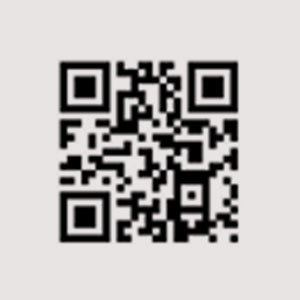Strategy September 18, 2015
Sales Boost: Step 2 - Master Your Inbox
Increase efficiency and professional effectiveness by better managing your email.
Set Times for Checking Email: Often, busy professionals receive hundreds of emails in a day. Rushing to check each one as it dings into your inbox can seriously curtail productivity. Assert control over your inbox by establishing a schedule for email-checking. Some pros have a routine that involves checking email at the start of the day, then around lunchtime, again in the afternoon and once more at the close of day. Still, others say that leaves too much time for potential emergency emails to go unaddressed. If that’s a fear you hold, try a more frequent checking schedule that involves undertaking a thorough go-through first thing in the morning; follow this up by reserving the last five to 10 minutes of each hour for inbox reviews.
Tell Them You’re Not Interested: Nowadays, your email address is repeatedly being included on the mailing lists of companies and organizations that use it to send you newsletters, advertisements, blog updates and more. The barrage can quickly clutter your inbox. Fortunately, many of these emails contain an “unsubscribe” option. Use it. Periodically take time to unsubscribe to all the email outreach that is irrelevant to you. An efficient way to do this is to search “unsubscribe” in your email’s “find” or “search” function. A review of the results will enable you to determine what senders you want to keep receiving content from, and which ones you don’t.
Take a Filing Cabinet Approach: If you were dealing with a physical filing cabinet, you would likely have a system for organizing documents, an approach that would make it easy to quickly identify and locate important materials. Get on a similar track with your email. Establish a system for grouping and filing messages. For instance, this system can include routing messages from your most important clients to a special folder; always check that folder first before delving into your general inbox. Furthermore, create spaces for storing emails from specific clients, as well as files for lodging documents pertaining to general subjects of importance. Make the system simple; too much complexity muddies the waters.
Treamline Your Inbox Reviews: Start by checking your high-priority folder that would include emails from VIP/demanding clients. Next, use your inbox’s search feature to look for important emails you’re presently expecting. With those tended to, start looking through the rest of the new messages in your inbox. Some messages are obviously spam; delete them without opening. Certain emails – such as internal emails you may be carbon-copied on – require your review but not your response. Flag which ones you can and look at them later. If you review the messages right away, then delete them or move them to a relevant folder. Similarly, flag personal messages that don’t warrant an immediate response; reply later when you have the time.
Let Relevant Senders Know You’re On It: When you receive emails from clients, prospects and colleagues that require your response, reply back immediately after reading the messages. If you’re able to offer a quick solution or insight to their query, then do so. If not, you should still reply with a short message that alerts the sender that you saw their message and are working toward providing them with what they need. “Thanks for your email. I’m looking into this. I will get back to you by 3 p.m. with more details.” Be sure to respond within the said timeframe, even if it’s only to say that you are still working on the matter and expect to have a response by the end of the day.
Watch This

Watch this video from business coach Bernadette Doyle for tips on how to end “email overwhelm.” https://goo.gl/WPMLAe
- 28% Percentage of workweek that is spent reading and answering emails.
- 80% of social network users have received unsolicited emails or invites.
- 36 times is how often an average worker checks his or her email per hour.
Action Items
- Schedule time this month to overhaul your inbox, deleting the junk and organizing save-worthy emails into relevant folders.
- Experiment to find an email-checking schedule that works for you.
